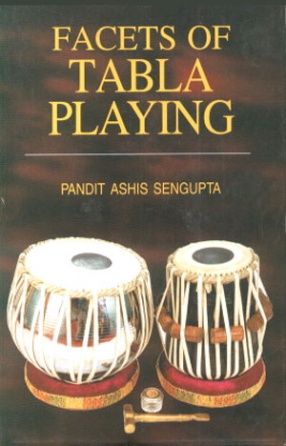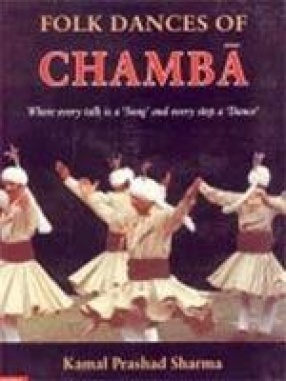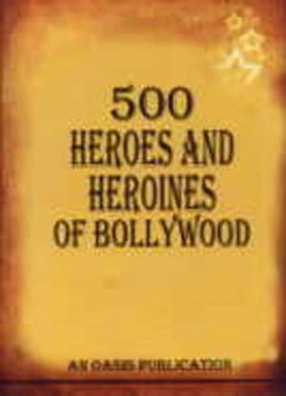Written over a period of years, this book presents an important part of the work of Pandit Ashis Sengupta and is considered to be a landmark in musicology. Pandit Ashis Sengupta has dealt with the various aspects of Tabla playing and the chapters here that have been written with equal emphasis on theoretical sensitivity and historical insight, cover a large range of subjects. Moreover this book contains some of the choicest quotes in Sanskrit couplets from the authentic and ancient Sanskrit books on dramaturgy and musicology for authenticating this work. The author has tried here to transmit some of the knowledge inherited by him from his legendary teachers to the students of Table and music lovers: and in doing so, he has liberally drawn upon his long experience as a teacher of Tabla.
The first chapter deals with the history of the membranophone instrument (Avanaddha Vadya) Tabla. The discussion creatively uses the ideas of the legendary musicologists and famous rhetoricians. This leads to the question of classification of the musical instruments, and the place of Tabla in it. The subsequent chapters discussed vividly the description of the Tabla the social status of a Tabla Player, different schools and techniques of Tabla playing and many other aspects of Tabla and Tabla playing with suitable examples and explanations. The last chapter is deals with the evolution of Theka-s and the common Theka-s of Taala-s in North Indian classical music.
Unlike many of the traditional books on Tabla, the present book would help the students of Tabla and music lovers to understand the basic principles of Layakari (Rhythmic pattern) and compositions of Tihai-s in a better manner.
The other novel aspects of this book are separate sections on the terminologies of Tabla playing and the history of common Theka-s in North Indian music. It also provides ample guidance for the understanding and practice of rhythm building correct employment of syllables or bol-s and all other allied areas of rhythm to equip the music lovers and the students of music with the ability to understand in an effective manner the aesthetic aspects of Tabla playing in solo performance as well as in accompaniment. Thus, Facets of Tabla Playing is written with author’s desire to put together a few select pearls of knowledge imparted to him by his revered Guru-s that have been a source of inspiration and guidance for him and which he hopes would prove to be a source of motivation for others as well.





There are no reviews yet.